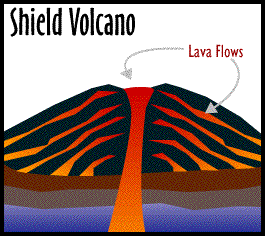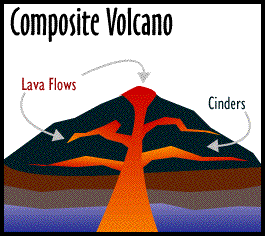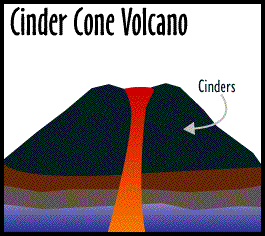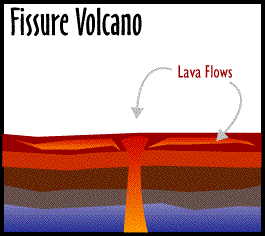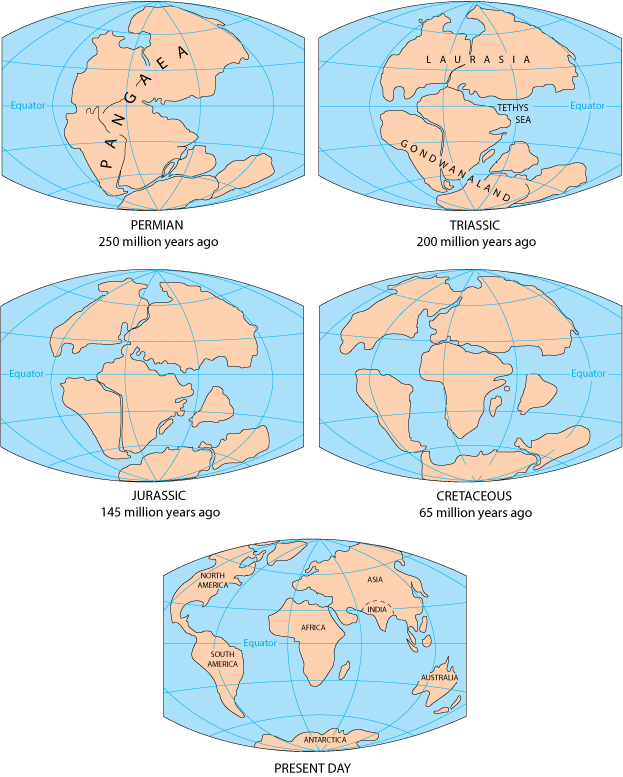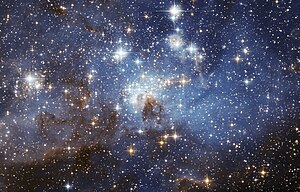SUMMARY
The paleogene time was 65-24 million years ago. The Earth landmasses looked like more oval. This period was broken in three times; Oliocene (38-24 mya), Eocene (54-38 mya) and paleocene (65-54mya)
In this time, many new mammals were discover. Like ( pigs, deer, cats, rhinos, tapirs appear. And grasss common.
PROJECTION REFLECTION:
What did you enjoy most about this project?
I enjoyed most in this project, work with a partner and share new ideas together.
What was most challenging about this project? why?
the most challenging about this project was to find the important events in million of year, because this time was long time ago.
What you change about this project and why?
I changed the movie that I made and I added more pictures to my video.
What are 3 things that you learned from this project?
The first thing that I learned from this project was that this happened 65-24 million years ago.
Other thing is that many important events happened in this time, like the new mammals were create and a insect population was growing.
And a very important events was that the Oligocere Australia separated from Antartica, and India crashes
into Asia creating the Himalayan mountains.
